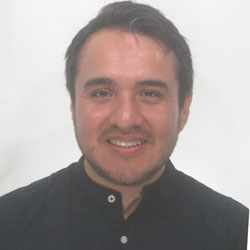Argentina
The Context
Argentina is the second largest country in Latin America and has the fourth largest population. Eight per cent of its 46 million people live in rural areas.
It has one of the largest economies in Latin America and is among the world’s leading food exporters, with agricultural exports accounting for more than half of total exports.
In 2001, Argentina suffered a severe economic and financial crisis that left 65 per cent of the population living in poverty. After more than two decades, two in five people still live in poverty, with indigenous communities particularly affected.
Many rural people lack access to land, markets, innovations and socio-economic opportunities. They also have limited access to technical assistance and financing to modernize production.
Farmers are increasingly affected by climate change, including prolonged and frequent droughts, heatwaves, floods and water scarcity. Climate change is exacerbating coastal hazards, such as erosion and storm tide inundation. This is resulting in increased food insecurity.
The Strategy
IFAD is reducing rural poverty by investing in small-scale farmers’ organisations and indigenous communities, supporting them as they generate their own income.
Activities include:
building the capacity of government institutions to support rural development.
- bolstering economic sustainability by diversifying productive activities and improving resilience, negotiating power in value chains and nutrition;
strengthening capacities to manage organizations and engage in dialogue with the public sector; and
building the capacity of government institutions to support rural development
Country Facts
In 2022, Argentina’s GDP was US$632.7 billion.
Following three consecutive years of decline, GDP has been recovering since 2021.
Argentina has low undernourishment at 3.2 percent, yet one in three people suffers from moderate or severe food insecurity.

